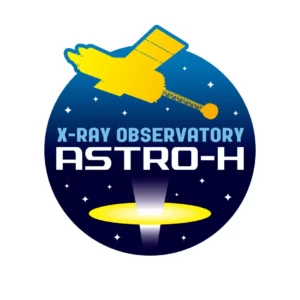 An exciting aspect of Potomac’s new location at bwtech@UMBC Research & Technology Park is the close collaboration the University of Maryland, Baltimore County [UMBC in the park’s name] has with NASA. UMBC is actually ranked 13th among universities receiving research funding from the Space Agency, and is home to several research centers that are a collaboration with the Goddard Space Flight Center in Maryland.
An exciting aspect of Potomac’s new location at bwtech@UMBC Research & Technology Park is the close collaboration the University of Maryland, Baltimore County [UMBC in the park’s name] has with NASA. UMBC is actually ranked 13th among universities receiving research funding from the Space Agency, and is home to several research centers that are a collaboration with the Goddard Space Flight Center in Maryland.
UMBC, along with the University of Maryland, College Park and the Universities Space Research Association, were chosen by NASA Goddard to form and operate the Center for Research and Exploration in Space Science and Technology [CRESST]. CRESST builds upon the strengths of university and agency researchers to explore complex topics that would be too challenging for a single organization. The Center also strives to bring minority and women scientists more fully into the space science research, especially through university student participation.
Among other projects, UMBC is working on the ASTRO-H, a planned x-ray astronomy satellite being developed jointly with the Japan Aerospace Exploration Agency. The 2015 launch will extend research on energetic processes in the universe with unprecedented spectral resolution. NASA is contributing a high-resolution soft x-ray calorimeter spectrometer and CRESST associate research engineer, Meng Chiao is responsible for integration and testing.
The researchers wanted to have coaxial fields of view among instruments in order to investigate the same location in space simultaneously. Says, Ms. Chiao, “The detector assembly (DA) team recently proposed a different idea to achieve this co-alignment using laser scribed precision fiducial marks on a filter holder in the DA lid aperture. Potomac Photonics promptly responded to our request and delivered the prototype within 24 hours. Their expertise and expediency enabled us to both deliver our flight unit calorimeter spectrometer insert on schedule and the opportunity to test in advance our proposed alignment method in Japan.”
Looking up to the heavens, Potomac is more in awe than ever, as we help The ASTRO-H deliver breakthrough findings by exploring the extreme universe with its high-energy phenomena around black holes and supernova explosions.


